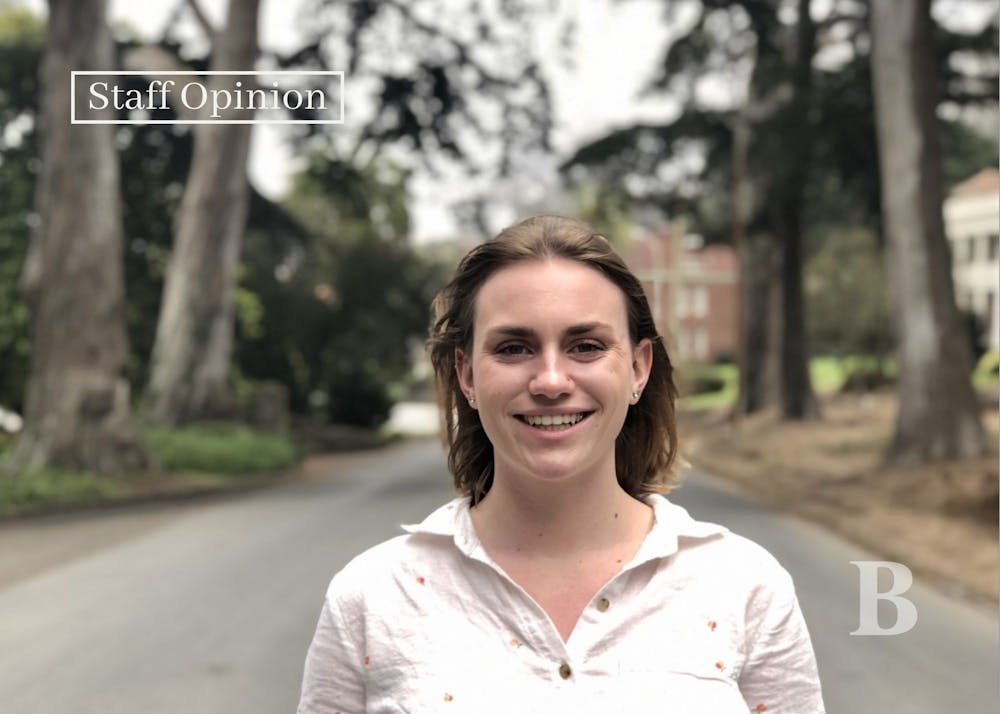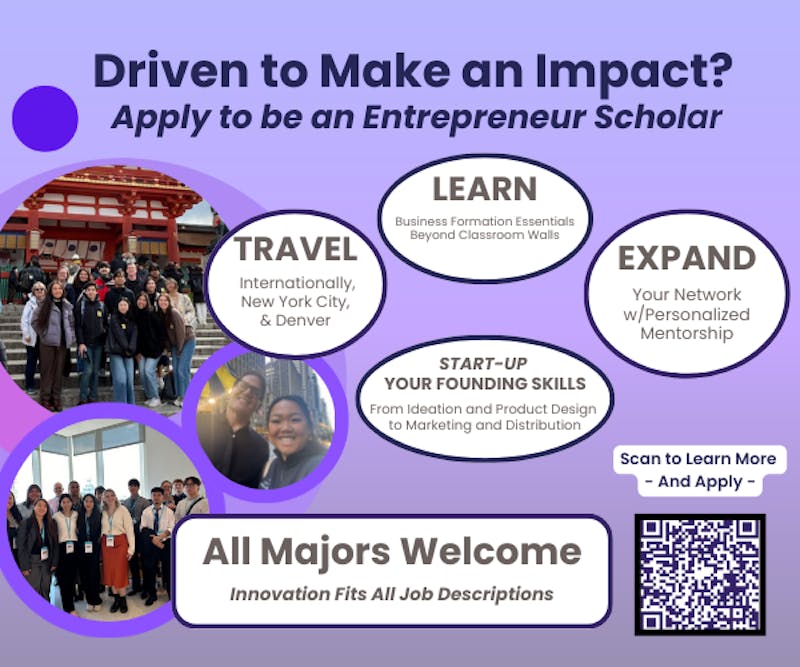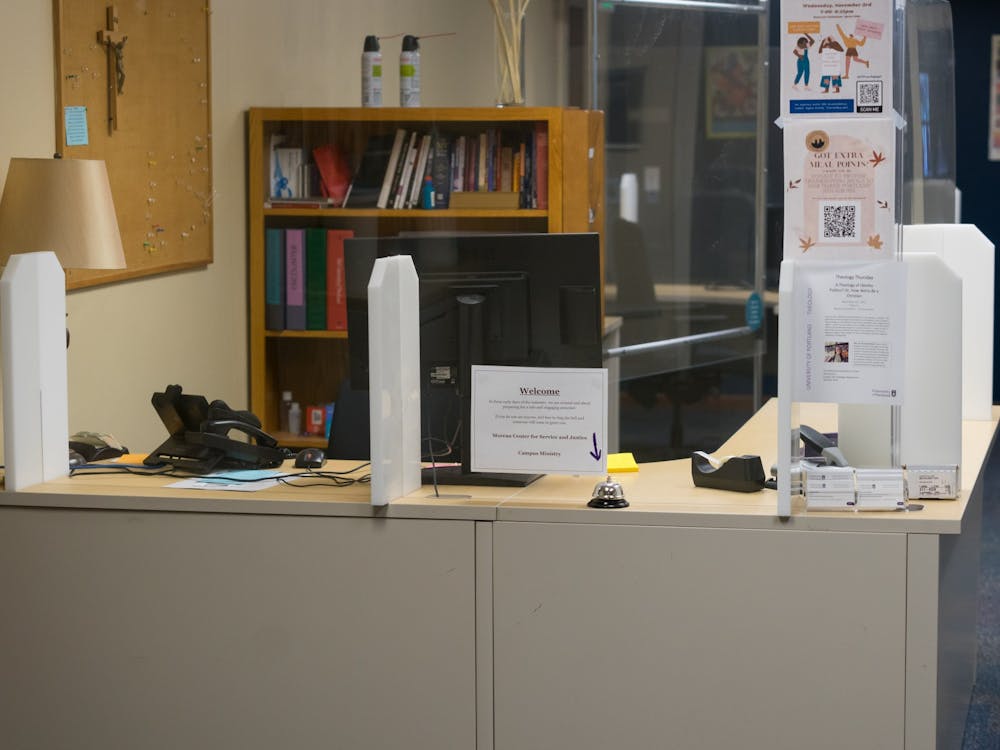In 1978, the school district of Sonoma, California began a weeklong celebration of women’s contributions to culture, history and society. The week included presentations in schools, a “Real Woman” essay competition, and a parade. As this celebration spread through communities, President Jimmy Carter declared the week of March 8 Women’s History Week in 1980. Thanks to the persistence of the National Women’s History Project, the weeklong celebration was extended to the entire month of March in 1987.
March is Women’s History Month and I am very grateful for all the historical women who have pushed for the advancements of women and equality all around. I am thankful for Harriet Tubman for helping people to freedom and serving as a nurse during the Civil War. I am thankful for Ruth Bader Ginsburg for fighting so hard for gender equality. And I am thankful for Malala for advocating for the education of women.
As grateful as I am for historical female figures and for Women’s History Month, I strongly believe that the practice of feminism needs to be more intersectional.
Intersectional feminism, a term coined by law professor Kimberlé Crenshaw, is a way of seeing how different forms and dimensions of inequality can overlap and affect a person’s identity or environment.
As a white woman, I have spent the past year making an effort to put more thought and reflection into intersectionality. The education process is ongoing for me. Even writing this article, I caught myself only listing white female historical figures I was thankful for and stopped myself to make a more conscious decision to acknowledge and thank women of color as well.
I’ve had a very basic knowledge of intersectional feminism for a while now, but I started really educating myself on it this past summer after the killing of George Floyd. I quickly realized how many social issues I never had to think of before because of my position as a white woman in society. This fact very much angered me, so I continued to educate myself and began to write letters to government officials.
As I learned how issues such as housing could affect property taxes and how those in turn could affect public education, I came to a key realization for myself. We cannot help people simply by addressing one aspect of their lives. If we want to help people, we need to address the system in its entirety.
There are many key dimensions which make up human diversity. Some of these dimensions include culture, race, ethnicity, gender and social class. Because of these different contexts and the spectrums that can fall within each one, there should not be a focus on only one aspect of diversity.
Having an intersectional point of view is key to having a deeper understanding of the effects an environment can have on individuals, and consequently, their identities. Overall, this can lead to people in the feminist movement having a better understanding of compounding issues, such as how being Black, in poverty, and identifying as a woman can all intersect and create an experience that would be very different than a white, middle-class woman’s experience, for example. This knowledge can then be applied to plans for preventative measures towards discrimination in all contexts, which is typically what is done in the field of Community Psychology, where intersectional thinking is vital.
A time in women’s history that I am forever grateful for but also recognize needed to be more intersectional is the time of the suffragists and their fight for the right to vote as women. Suffragists Susan B. Anthony and Elizabeth Cady Stanton both pushed for the women’s right to vote. However, they pushed for the white women’s right to vote over obtaining the right for all women.
This is just one example of feminism failing to be intersectional. When feminism isn’t intersectional, it causes damage to those women who fall into those other dimensions of community previously mentioned. In the case of women’s voting rights, Black women were pushed aside, their voices ignored because there wasn’t a focus on intersectionality.
If people who identify as feminists truly want to address issues facing women today, there needs to be an intersectional focus. The only way to know and understand the true range of issues facing women is to understand how their environments are affecting them in all dimensions. Without that knowledge, feminism is going to be leaving many women behind.
On the other side, an event from recent history that shows the power of intersectional feminism is the 2017 Women’s March on Washington. In its formation, the organization was critiqued due to its lack of women of color as organizers. In response, the organization changed to be more diverse and included Tamika Mallory, Linda Sarsour, and Carmen Perez as leaders.
Because of that more diverse leadership and the choice to proceed with an intersectional perspective, the Women’s March organization was able to help a greater number of women by fighting for fair wages and reproductive justice issues, as these are both topics that affect all women differently in multiple diversity dimensions.
Women’s March continues to emphasize intersectionality into the present day. The organization is currently doing this through supporting the Black Lives Matter movement and joining the call to defund the police. I am happy to see Women’s March doing this because it means the feminist movement is recognizing that beyond just being vulnerable as a woman, some women have added vulnerabilities because of their race, socioeconomic status, gender, and more.
Feminism is not just to support a specific group of women, it is to support all people who identify as women regardless of race, the genitalia they were born, or other factors. If supporting all women is going to be realistic, then there needs to be intersectionality so that feminists can advocate for women in all aspects of their lives.
Movements don’t have to be compartmentalized. We don’t need to help people only as women, only as people of color, or only as people without access to affordable healthcare. We can and should focus on where all those intersect. Helping somebody as a woman of color who does not have access to healthcare is going to be much more productive and helpful for that individual because those combined experiences are going to be more than the sum of their parts.
Communities have the power to make change and I suggest we harness the University of Portland community to make a change towards a more intersectional future. Start reading about intersectionality to educate yourself and get a group of friends together to discuss how potential problems in our community can all be affecting each other. Figure out who has authority over issues you value and find a way to contact them to advocate for how an intersectional perspective can help the situation. We can make our first steps to intersectionality simply by recognizing that people and groups can have multiple struggles and by being more inclusive in the fight for a better future.
Laura Heffernan is a reporter for The Beacon. She can be reached at hefferna23@up.edu.
Have something to say about this? We are dedicated to publishing a variety of viewpoints and we’d like to hear from you. Voice your opinion in The Beacon.









